You clicked this because you want something practical: can massage help if you’re living with genotype 3 chronic hepatitis C, and how do you use it safely? Short answer: yes, it can help with fatigue, body aches, stress, sleep, and quality of life. But it won’t lower viral load, fix fibrosis, or replace antiviral treatment. Used the right way-especially during direct-acting antiviral (DAA) therapy-it’s a helpful add-on. Used the wrong way-deep pressure when your platelets are low, or essential oils that irritate your skin-it can set you back. Here’s the no-nonsense guide.
- TL;DR: Massage can ease symptoms (fatigue, pain, anxiety), improve sleep, and reduce stress during genotype 3 hepatitis C care. It does not treat the virus or fibrosis.
- Safety matters most if you have cirrhosis, low platelets, varices, or ascites. Go lighter, avoid deep abdominal work, and loop in your care team.
- Choose styles that calm the nervous system and support gentle circulation. Skip hard, prolonged deep-tissue work unless your clinician says it’s fine.
- DAA cure rates for genotype 3 now exceed 95% with modern regimens. Use massage to manage treatment fatigue, headaches, and stress-not as a substitute for DAAs.
- Evidence supports short-term relief of pain and anxiety from massage; there’s little to no evidence it changes liver enzymes, viral load, or disease course.
What Massage Can (and Can’t) Do for Genotype 3 Hepatitis C
Genotype 3 has a reputation for being more linked with fatty liver and a higher risk of fibrosis than some other genotypes. That’s medical territory for DAAs, liver-friendly habits, and regular monitoring-not manual therapy. So let’s draw a clear line: massage therapy helps your symptoms and your day-to-day, not the virus.
Here’s the useful part. People with chronic hepatitis C often report muscle and joint aches, fatigue that lingers into the afternoon, poor sleep, and anxiety about labs and scans. Those are precisely the areas where massage does well. The U.S. National Center for Complementary and Integrative Health (NCCIH) notes consistent short-term reductions in pain and anxiety with many massage styles, and broad benefits for relaxation and sleep. A Cochrane review on massage for musculoskeletal pain also found small to moderate short-term pain relief compared with usual care. These aren’t hepatitis C-specific trials, but the symptom targets match what many genotype 3 patients describe.
For hepatitis C itself-viral load, ALT/AST, fibrosis-there’s no solid evidence that massage changes outcomes. AASLD/IDSA and EASL guidance (updated through 2024-2025) make it clear that DAAs are the tool here, with sustained virologic response (SVR) rates above 95% for genotype 3 in most groups. WHO’s 2024 guidance aligns. That’s the cure engine. Massage sits in the comfort, functioning, and adherence lane: if you feel better, you show up for meds, you sleep better, you move more-and all of that helps you stick the landing.
So the job of massage in genotype 3 is simple:
- Turn down the stress response that fuels fatigue and poor sleep.
- Ease muscle tension and joint soreness from long days, deconditioning, or posture.
- Support gentle circulation and lymphatic return when you spend more time sitting or resting.
- Provide safe touch and mental relief while you move through testing, treatment, or follow-up.
Where people get into trouble is pressure, positioning, and timing. Genotype 3 can arrive alongside steatosis, elevated fibrosis risk, or cirrhosis in some. Cirrhosis changes the rules: you can bruise easier if platelets are low, abdominal pressure can feel awful, and ascites demands careful positioning. That’s where safety (not heroics) wins.
| Technique | Primary Aim | Typical Pressure | What It Helps | Evidence Snapshot | Safety Notes in HCV / Cirrhosis |
|---|---|---|---|---|---|
| Swedish / Relaxation | Reduce stress, ease muscle tension | Light to moderate | Anxiety, sleep, general aches | Consistent short‑term reductions in pain/anxiety (NCCIH, multiple RCTs in non-HCV populations) | Good first choice; avoid strong abdominal work; watch bruising if platelets low |
| Myofascial Release | Improve tissue glide, reduce tightness | Light to moderate, sustained | Postural tightness, stiffness | Mixed but promising for pain/function; not disease-specific | Fine if gentle; avoid direct pressure over enlarged liver or spleen |
| Deep Tissue / Trigger Point | Release knots, address chronic tight spots | Moderate to deep | Local muscle pain | Short‑term relief in some chronic pain; higher risk of soreness | Caution: skip if platelets low, on anticoagulants, or if you bruise easily |
| Lymphatic Drainage | Support lymph flow, reduce swelling | Very light, rhythmic | Edema, gentle relaxation | Useful in lymphedema; calming for many clients | Do not use over tense ascites; avoid if infection, fever, or unclear abdominal swelling |
| Reflexology / Acupressure | Relaxation via points/zones | Light to moderate at points | Stress, perceived pain | Mixed evidence; safe when gentle | Keep pressure light if neuropathy, diabetes, or easy bruising |
Bottom line on benefits: expect calmer nerves and looser muscles, not different labs. If your goal is to sleep better and feel less beat up during or after treatment, you’re on the right track.
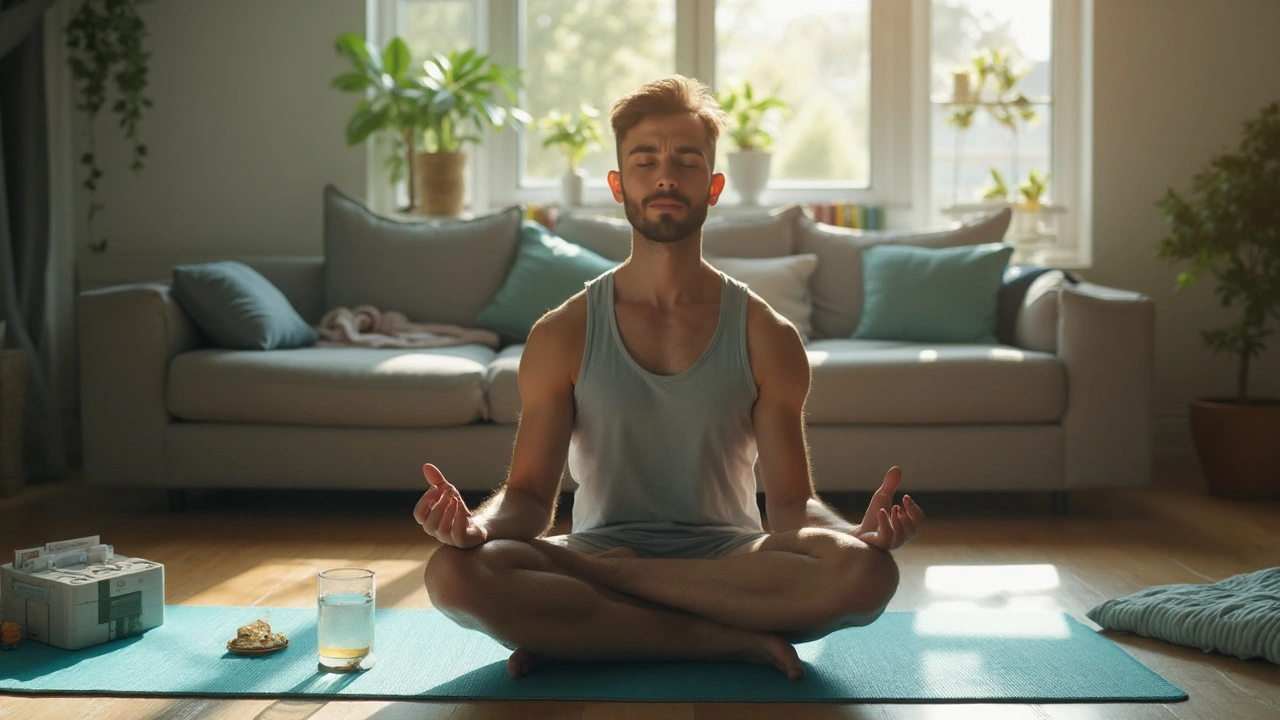
Safety Rules, Red Flags, and Technique Choices
Safety is where most of the value is. Get this part right and the rest is straightforward.
Here’s the quick decision path you can use before booking:
- If you have no cirrhosis and normal platelets: consider light-to-moderate relaxation styles. Avoid deep abdominal work. Tell your therapist you have chronic hepatitis C.
- If you have compensated cirrhosis (Child-Pugh A): choose gentle to moderate pressure. No deep tissue over the abdomen, ribs, or low back. Check the most recent platelet count and INR if you bruise easily.
- If you have decompensated cirrhosis (ascites, varices, jaundice, encephalopathy): stick to very gentle, short sessions. Focus on comfort and relaxation only. Get a green light from your liver team before you start.
- If your platelets are under your lab’s normal range or you’re on blood thinners: go light; avoid any technique that leaves you sore for more than 24 hours.
Red flags to pause and check with your clinician:
- New or worsening ascites (tight abdominal swelling), sudden weight gain, or shortness of breath when lying flat.
- Spontaneous bruising or bleeding gums-possible low platelets or coagulation changes.
- Fever, active skin infection, or open wounds (delay massage until cleared).
- Severe right-upper-quadrant pain or tenderness over the liver area.
Pressure and positioning rules of thumb:
- Keep pressure light to moderate across the body; go extra light over the abdomen and lower right ribs.
- If you have ascites or reflux, avoid lying flat face down for long. Side-lying with pillows or semi-reclined is your friend.
- Skip any technique that makes you hold your breath or brace hard. Comfort first.
- Post-session soreness should be minimal and gone within 24 hours. If it lingers, the pressure was too much.
Oils, creams, and extras:
- Fragrance-free, hypoallergenic oils are fine. Avoid strong essential oils if you’re sensitive or on treatment-they can irritate skin.
- Topical use is unlikely to burden the liver, but less is more. Patch test if you have eczema or rashes.
- Heat packs can feel great on tight muscles; don’t put heat over a swollen belly or if you feel feverish.
Infection control facts:
- Hepatitis C is blood-borne, not spread by casual touch. Massage doesn’t transmit HCV through intact skin.
- Standard hygiene-clean linens, hand washing, clean surfaces-is enough for routine sessions.
- If you have broken skin, bleeding, or weeping dermatitis, your therapist should cover it or avoid that area. Gloves may be used based on the situation.
Evidence and guidelines you can trust:
- AASLD/IDSA HCV Guidance (updates through 2024-2025): genotype 3 cure rates >95% with pan-genotypic DAAs; lifestyle and comorbidity management matter.
- EASL 2024 recommendations: similar cure rates; watch for metabolic risk and fatty liver, which are common with genotype 3.
- WHO 2024 HCV guidance: emphasizes treatment access, simplified care, and pan-genotypic regimens.
- NCCIH 2023 overview on massage: short-term reductions in pain/anxiety; safety acceptable with trained therapists.
- Cochrane reviews on massage for chronic pain: small to moderate short-term benefits; not disease-modifying.
If you keep those points in mind, you’ll avoid the classic pitfalls: going too deep, too long, over the wrong areas, or when your labs are off.
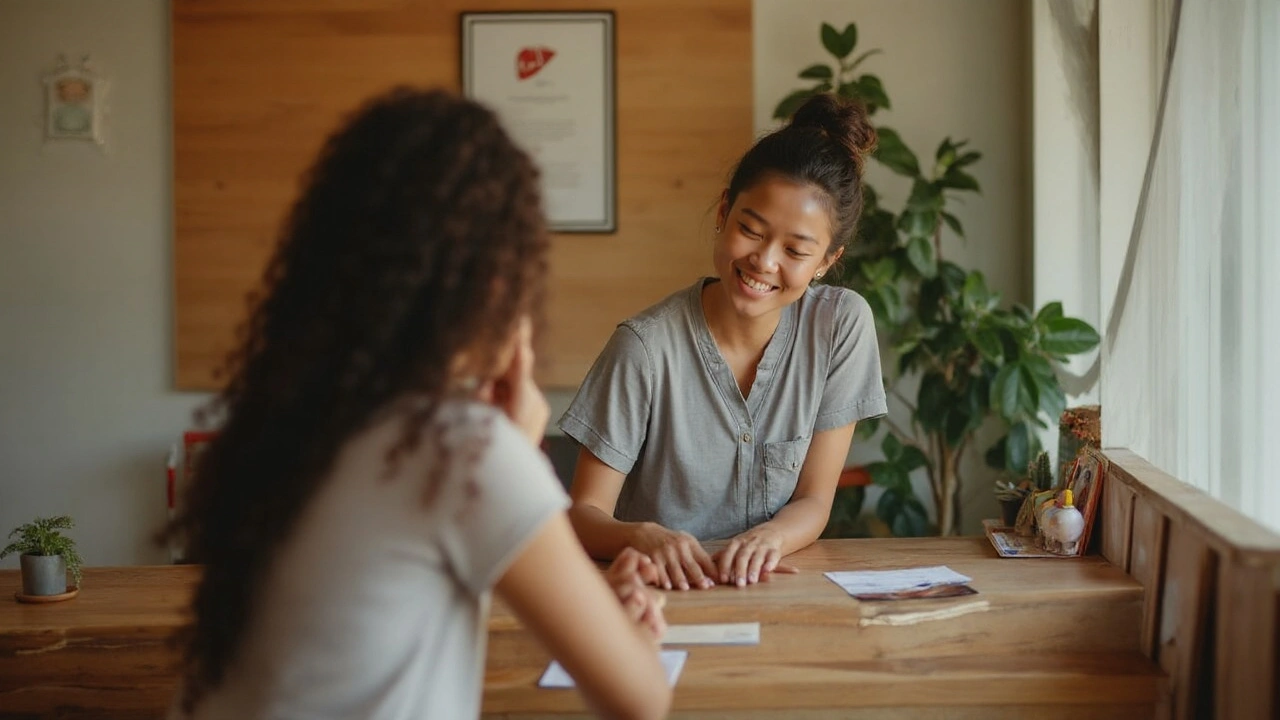
How to Build a Massage Plan Around Antiviral Treatment
DAAs like sofosbuvir/velpatasvir or glecaprevir/pibrentasvir have made genotype 3 highly curable, often in 8-12 weeks. In Australia and many other countries, these are subsidised and widely available after a GP or specialist visit. Massage won’t change your SVR odds, but it can make the day-to-day easier.
Your plan has five parts: timing, goals, technique, communication, and feedback.
1) Timing
- If you’re about to start DAAs: Book your first session in the week before you start. The goal is to downshift stress and set a baseline.
- During DAAs: Aim for 30-60 minutes, every 1-2 weeks. Keep intensity steady; this is not the time to experiment with deep work.
- Post-SVR (after your cure is confirmed): You can explore a bit more intensity if your labs and symptoms are stable, but stay thoughtful if you have fibrosis or cirrhosis.
2) Goals
- Pick two symptoms to target. Common pairs: “sleep + neck/shoulder tension” or “fatigue + low back tightness.”
- Use a simple 0-10 scale each session for those two. If numbers drop by 2 points and hold, the plan is working.
3) Technique
- Default choice: gentle Swedish or myofascial work across the back, neck, hips, and legs.
- Consider lymphatic-style strokes for those who feel puffy after long sits; avoid the abdomen if you have ascites.
- Skip prolonged deep trigger-point work if your platelets are low or you bruise easily.
4) Communication
- Tell your therapist you have chronic hepatitis C (genotype 3) and whether you have fibrosis or cirrhosis.
- Share meds that affect bleeding (anticoagulants, antiplatelets) and your last platelet count if it’s been low.
- Say “lighter” the moment pressure feels edgy. A good therapist adjusts right away.
5) Feedback
- Track sleep quality and energy the day after sessions. If you crash hard for two days, sessions are too intense or too long.
- Look at bruising. One small, painless bruise now and then can happen. Multiple bruises mean dial it back.
Quick checklist you can screenshot:
- Have I started or scheduled DAAs? Yes/No
- Do I have cirrhosis or a history of ascites/varices? Yes/No
- Last platelet count and INR normal? Yes/No/Unsure
- Two symptoms to target this month: ____ and ____
- Preferred pressure: light / light-moderate
- Areas to avoid: abdomen, right rib area, any spot with pain or bruising
Pro tips that save you hassle:
- Hydrate before and after so you don’t stand up woozy. No need to “flush toxins”-that’s not how it works-just stay comfortable.
- Eat a small snack an hour before. An empty stomach plus a warm room can make you lightheaded.
- If you’re anxious on the table, ask for a shorter first session (30-45 minutes) to test the waters.
Common DAA side effects and how massage fits:
- Headache: gentle neck/scalp work, hydration, no deep pressure.
- Fatigue: shorter sessions; avoid heavy work that makes you sore for days.
- Nausea/reflux: side-lying or semi-reclined; avoid abdominal pressure and strong scents.
- Sleep disruption: evening sessions with slow, rhythmic strokes can help your body shift into rest mode.
Mini‑FAQ
Can massage spread hepatitis C? No. Hepatitis C transmits through blood-to-blood contact, not casual touch. Standard hygiene is enough. If you have a bleeding cut, that area should be covered or avoided.
Is deep tissue ever okay? Sometimes, if your platelets and coagulation are normal, you have no bruising tendency, and your clinician says your liver disease is compensated. Even then, avoid deep abdominal work and keep sessions moderate.
Will massage change my liver tests? There’s no good evidence it shifts ALT, AST, or viral load. Measure success by symptoms and function-sleep, pain, stress-not labs.
What oils are safest? Simple, unscented carrier oils or hypoallergenic creams. Strong essential oils can irritate skin or nausea. If you want scent, keep it mild and test first.
What should I tell my therapist? That you have genotype 3 hepatitis C, whether you have fibrosis/cirrhosis, any history of ascites or varices, current meds that affect bleeding, and that you prefer light to moderate pressure.
Is massage okay if I have ascites? Yes, if it’s gentle and avoids the abdomen. Position in side-lying or semi-reclined. Check in with your liver team if ascites is new or worsening.
Next steps by scenario
- Starting DAAs next week, no cirrhosis: Book a 45-60 minute relaxation session. Focus on back, neck, hips. Light-moderate pressure. Rebook in 10-14 days.
- Compensated cirrhosis, platelets mildly low: Choose 30-45 minutes, light pressure, no deep tissue. Avoid abdomen and ribs. Track bruising; adjust if any appears.
- Decompensated cirrhosis or recent ascites: Get clearance from your hepatology team. If okay, do 20-30 minutes, gentle only, side-lying with pillows. Stop early if you feel breathless or uncomfortable.
- Post‑SVR but lingering fatigue and stiffness: Stay with gentle to moderate styles. Consider adding light mobility work or a short walk after sessions to keep you from getting sleepy too soon.
When to call your clinician instead of booking a massage:
- New swelling of your belly, ankles, or sudden weight gain.
- Yellowing of eyes/skin, worsening confusion, or black stools.
- Easy bruising out of the blue, nosebleeds, or bleeding gums.
What success looks like after a month:
- You sleep an extra 30-60 minutes on average on massage nights.
- Pain scores in your target areas drop by 2 points on a 0-10 scale.
- You feel less anxious going into blood tests or scans.
- No lingering soreness, no new bruising, no sessions cut short due to discomfort.
A quick note on expectations: if massage doesn’t help after three tries with the right pressure and timing, switch tactics. Try shorter sessions, different timing (evening vs morning), or a more relaxation-focused style. You’re after steady, sustainable relief-not a heroic “deep fix.”
Final nudge: treat DAAs as non‑negotiable-the cure is there. Massage is about quality of life and staying steady through the process. Keep it gentle, keep it consistent, and keep your liver team in the loop. That’s how you make it pay off.

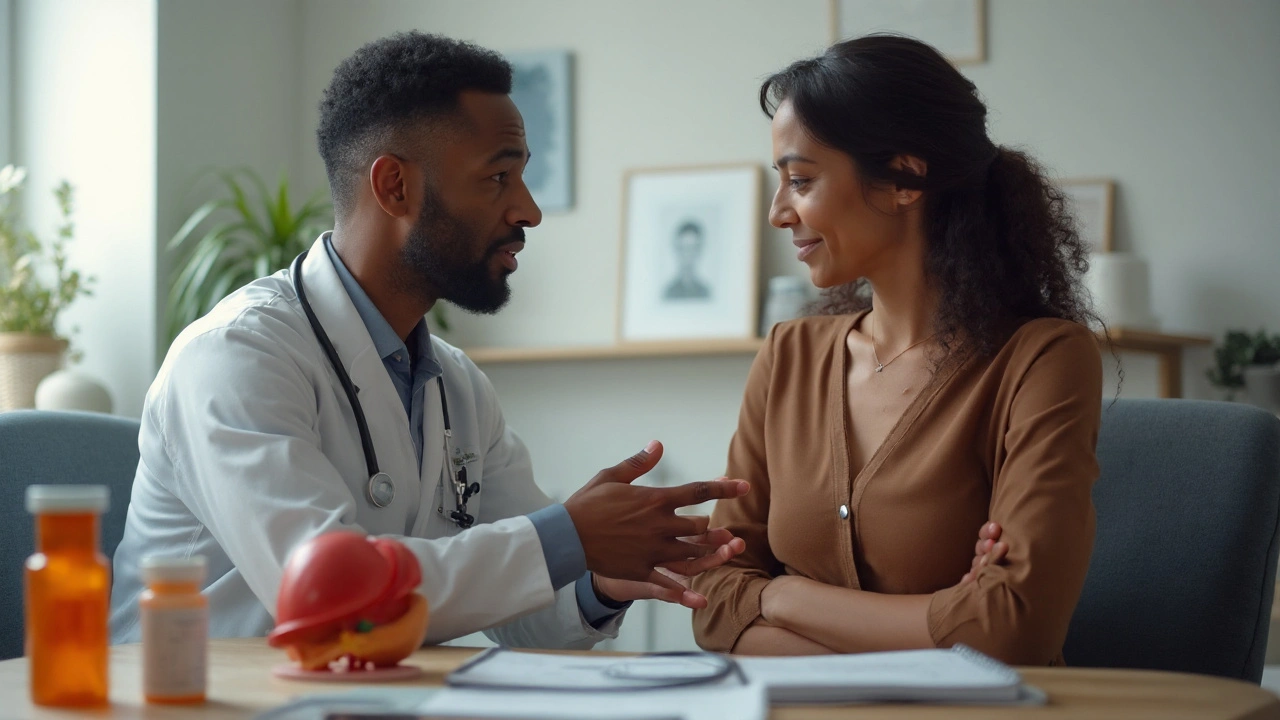
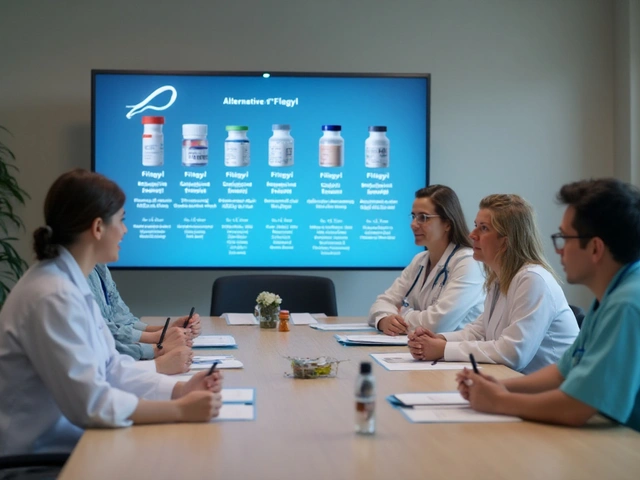
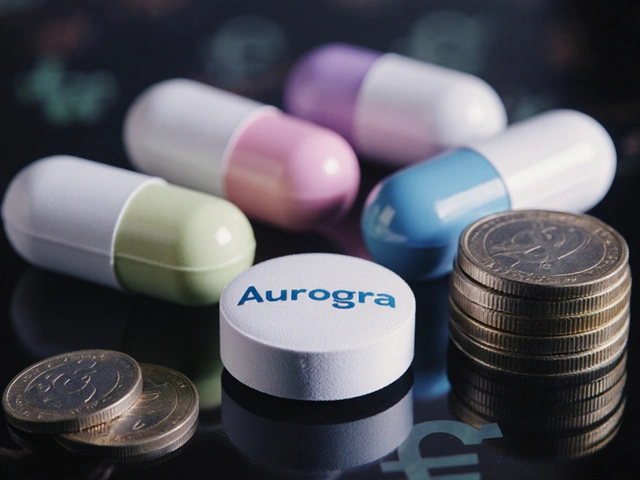
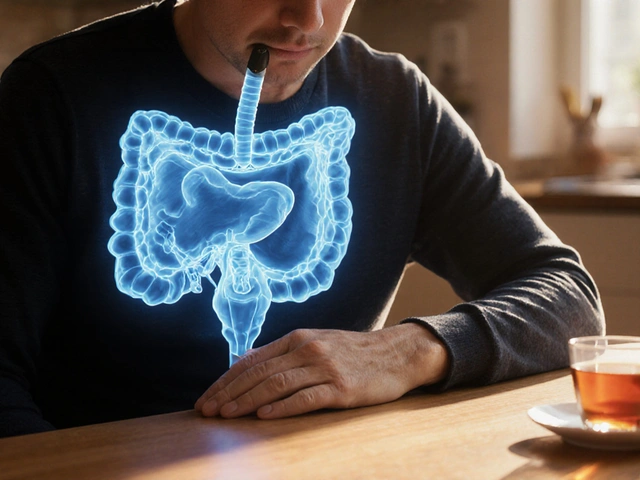
Keep the pressure light and focus on the neck, shoulders and lower back – that’s where fatigue and tension usually hide. If you notice any bruising, dial it back and let your clinician know.
Avoid deep‑tissue work if your platelet count is low – it’s a recipe for bruises and wasted time.
Think of massage as the soundtrack to a calmer mind while the DAAs do the heavy lifting on the virus. A gentle Swedish rub can melt the stress that builds up after a blood draw, and that relaxation is priceless when you’re waiting on results. It also nudges circulation, which helps clear metabolic waste that can otherwise make you feel sluggish. Pair it with a warm herbal tea and you’ve got a ritual that signals your body it’s okay to rest. Consistency, not intensity, is the secret sauce for lasting relief.
Big pharma doesn’t want you to know that a simple touch can offset the side‑effects they push on you, so they keep the guidelines vague.
When the liver’s under siege, you need a healer who respects the delicate balance – think feather‑light strokes over the ribs, a whisper of motion, and a refusal to smash the abdomen like a drum. The hidden danger isn’t the virus alone; it’s the invisible pressure that can tip a fragile clotting system into a bleed. Keep the oil unscented, because even a whiff of strong fragrance can set off a hidden reaction. Remember, the therapist’s hands are allies, not weapons.
Yo, my buddy on DAA therapy swears by a 45‑minute Swedish session before bed – says it’s the only thing that actually helps him crash into a deep sleep. If you love a bit of background music, low‑key instrumental beats are perfect. Just tell the therapist you’re on antivirals and want to stay on the light side.
The notion that touch can sculpt the internal landscape of a hepatitis‑C patient is both poetic and, when approached with scholarly rigor, profoundly therapeutic. First, one must acknowledge the symbiotic dance between pharmacologic triumphs and somatic solace. While direct‑acting antivirals dismantle the viral architecture, massage reconfigures the peripheral nervous system, attenuating the stress‑induced cortisol surge. In the hallowed halls of evidence, Cochrane’s modest yet respectable meta‑analysis furnishes a corollary: mechanical manipulation yields short‑term analgesia. Yet, the discerning clinician must not conflate analgesia with virological remission. The practitioner’s palette should be limited to modalities that respect hemostatic fragility, such as Swedish or lymphatic drainage, applied with a pressure calibrated to 2–3 kilograms. Deep‑tissue crusades, though fashionable on Instagram, are anathema when thrombocytopenia lurks beneath the epidermis. Moreover, the anatomical topography of cirrhotic livers mandates avoidance of vigorous abdominal compression, lest portal hypertension be exacerbated. One might integrate aromatherapy, but only with hypoallergenic, fragrance‑free carriers to preclude dermatologic irritation. Hydration before and after the session is not a mere suggestion; it is a physiologic imperative to preserve intravascular volume. The temporal cadence of sessions-biweekly, thirty minutes each-mirrors the pharmacokinetics of DAAs, fostering a harmonious routine. Patients should log subjective outcomes, employing a numeric rating scale for fatigue and sleep quality, to quantify the ancillary benefits. Such data, when aggregated, may eventually inform a nuanced guideline that bridges hepatology and complementary medicine. Until such consensus emerges, the prudent path is an interdisciplinary dialogue, wherein the therapist and hepatologist co‑author the care plan. Thus, massage, when wielded with precision and humility, becomes a silent partner in the quest for holistic recovery.
We must be vigilant; massage is not a miracle cure. It is an adjunct, not a substitute, for proper antiviral therapy.
Yo, dont think a rub will get rid of the virus – you still need those pills. Keep the massage chill and stick to the meds, ya hear?
From a clinical outcomes perspective, the adjunctive use of manual therapy can be conceptualized as a non‑pharmacologic modality that mitigates somatic symptomatology, thereby potentially enhancing adherence to antiviral regimens. It is essential to align the therapeutic window of massage sessions with the pharmacodynamic profile of DAAs to optimize patient-reported outcomes.
While some may dismiss the value of gentle touch, the truth is that a resilient nation thrives when its citizens prioritize holistic health, integrating both cutting‑edge antivirals and time‑tested manual techniques.
I hear the passion in the description, and I appreciate the emphasis on safety. It’s comforting to know that respecting the body’s limits can coexist with seeking relief.
In summation, the delineation between curative pharmacotherapy and supportive somatic interventions remains distinct; however, the integration of the latter, when executed with propriety, may confer ancillary benefits to patient well‑being.
Great tip, Javier! To add, consider scheduling the session after your medication intake, as this can attenuate potential nausea and foster a more relaxed post‑treatment state.
Massage can be a useful tool in the overall management plan, as long as patients keep their clinicians in the loop.
Keep it consistent and you’ll notice the boost in energy and mood.
Adhering to evidence‑based guidelines ensures that complementary therapies complement, rather than compromise, antiviral efficacy.
The interplay of mind and body, when understood, reveals that even a modest session of touch can recalibrate the autonomic equilibrium, supporting the physiological processes targeted by medication.
One must also consider the potential for selection bias in observational reports of massage benefit; without randomized control, the purported improvements remain anecdotal.
Indeed, the holistic approach aligns with integrative medicine principles 😊. Maintaining rigorous documentation will aid future systematic reviews.